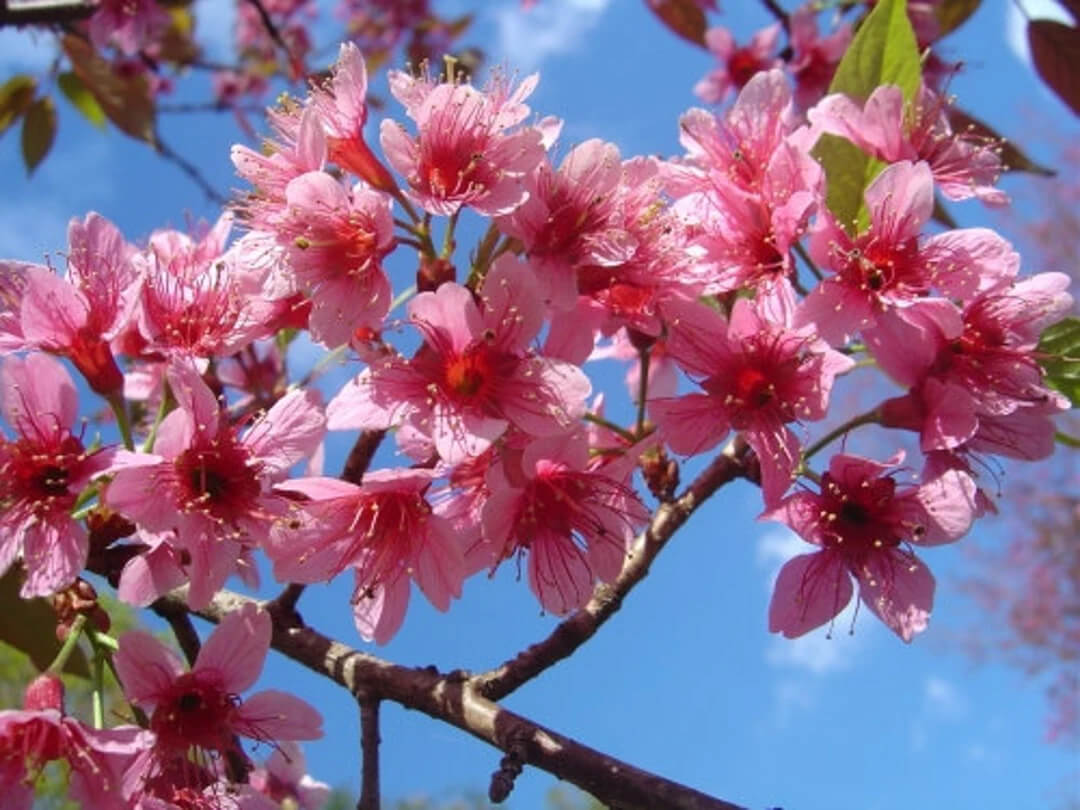- +033 2572 7171
- info@dhanvantary.com

4.5 Rating | 4500 Review

4.5 Rating | 4500 Review
India is the largest producer of medicinal plants that are used to manage various conditions in an effective manner, Padmaka is one of the most incredible ayurvedic plants that is used from ancient times to gain various medicinal benefits. This plant belongs to the Rosaceae family and is compiled in various herbal formulations to show its properties.

The holistic system of Ayurveda vouches this plant for managing several skin woes with its incredible therapeutic properties, which give the skin get brighter color and glow. It is a medium to tall plant that grows wildly in the Himalayas and is recognized by various names in different languages in English it is named Bird cherry, wild Himalayan cherry in Hindi, Padmaka, Padmak in Malayalam and Gujarati Padmkashtha. It is also a famous plant in the Rosaceae family because its fragrance is almost similar to the lotus. Its famous synonyms are suprabha which means it is very attractive in looks, Hemavarnaka or Peeta rakta which means these are reddish yellow or golden in color.
Botanical Name
Prunus Cerasoides
Family
Rosaceae
Genus
Prunus
Species
P. Cerasoides
It Balances the Kapha and Pitta dosha and is very helpful in Garbha Sthapana which is helpful in conception by managing the condition of the uterus.
